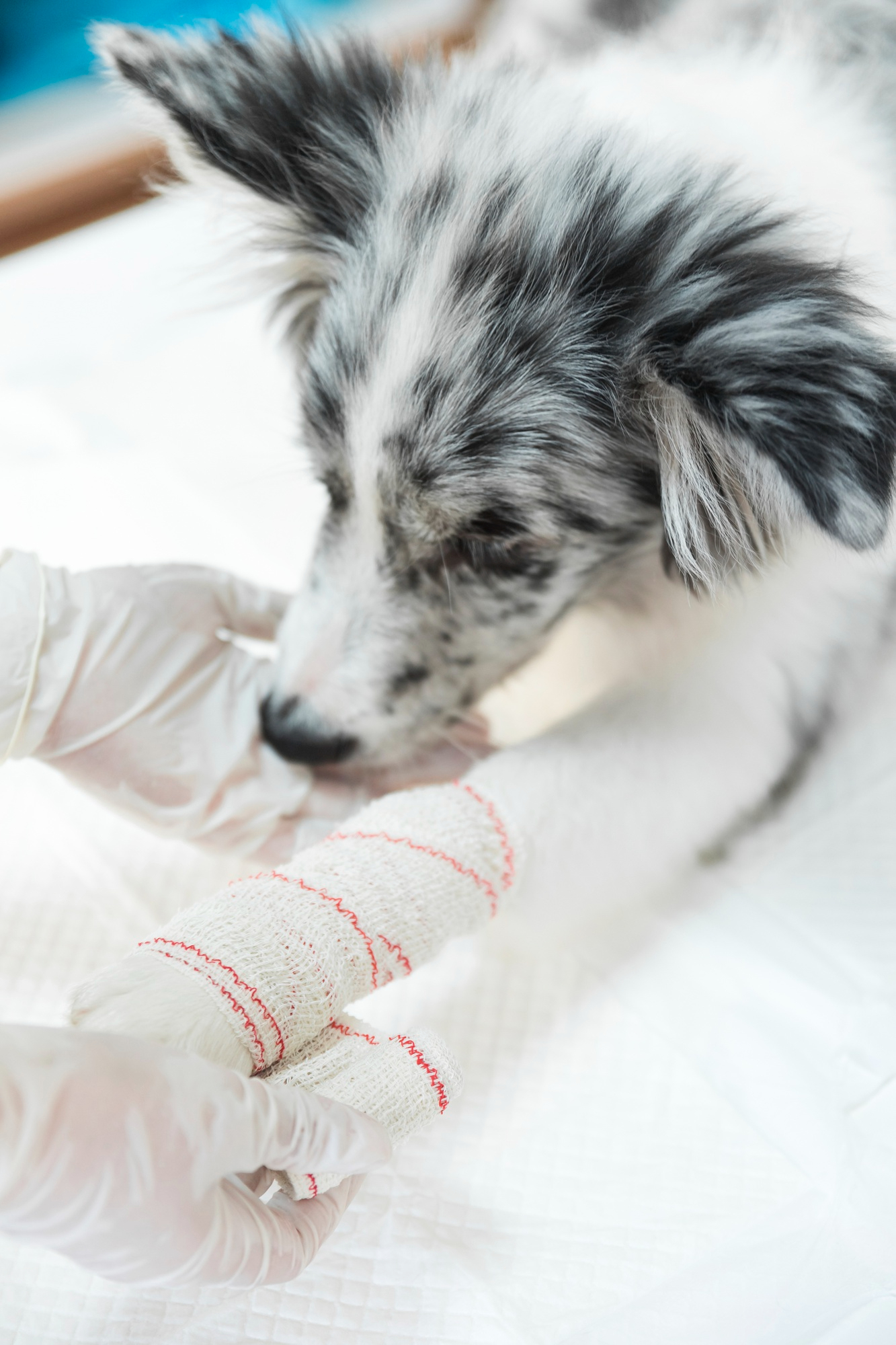Ever wondered why your cat seems to love rubbing against you? This behaviour, often seen as a sign of affection, is actually a complex form of cat communication. Cats, with their mysterious aura, have unique ways of expressing love, marking territory, and interacting with their human companions. Let’s unravel the mystery behind this endearing behaviour and understand what our cats are really trying to tell us.
The Science Behind the Rub:
Cats are not just cute and cuddly; they are also incredibly clever and use sophisticated ways to communicate. The act of rubbing against humans is a classic example. Cats have multiple scent glands located on their cheeks, chin, forehead, and the base of their tail. When they rub against something – be it a person, furniture, or another cat – they are releasing pheromones from these glands.
These pheromones are a cat’s way of marking its territory. By rubbing against you, your cat is essentially claiming you as ‘theirs.’ It’s a sign of trust and comfort. But there’s more to it than just marking territory. This behaviour also helps in creating a communal scent, especially important in multi-cat households to maintain peace and social hierarchy.
Decoding the Rub: Affection, Communication, and More:
When your cat rubs against you, it can mean several things. The most common interpretation is affection. Your cat is showing that it feels safe and loved in your presence. It’s their way of giving you a cat-version of a hug or cuddle.
But affection isn’t the only reason. Cats also rub against their humans as a form of greeting. When you come home after a day out, your cat might rub against your legs as a way of saying “hello” and “I missed you.”
Moreover, cats use this behaviour to gather information about their environment. When they rub against different objects, including you, they are picking up scents and leaving their own. It’s a way for them to understand and feel in control of their surroundings.
Additionally, in multi-cat households, rubbing helps in establishing a communal scent. This is crucial for social bonding among cats. It reduces conflicts and promotes a sense of belonging and harmony within the group.
When Rubbing Indicates More: Behavioural Changes and Health:
Changes in the frequency or manner of your cat’s rubbing can be indicative of their emotional state or health. An increase in rubbing might mean your cat is feeling insecure or stressed. It could be trying to reinforce its sense of security by marking its territory more prominently.
On the other hand, if your cat suddenly stops rubbing against you or does it less frequently, it might be a sign of discomfort, pain, or illness. Cats are adept at hiding their pain, so any noticeable change in behaviour is worth paying attention to.
Tips for Cat Owners: Encouraging Positive Interactions:
As a cat owner, you can encourage positive rubbing behaviour by creating a safe and comfortable environment for your cat. Ensure your cat has its own space, like a cosy bed or a perch with a view. Play with your cat regularly and provide toys that stimulate their natural hunting instincts.
Conclusion: Embracing the Love Language of Cats:
Understanding why cats rub against their owners offers a glimpse into the complex world of feline communication. Each rub is a combination of affection, communication, and territorial behaviour. It’s a unique way cats express their trust and comfort with their human companions. So, next time your cat rubs against you, remember it’s not just seeking attention – it’s sharing its love and trust in its own special way.


